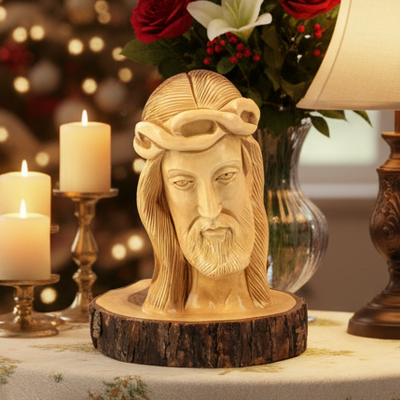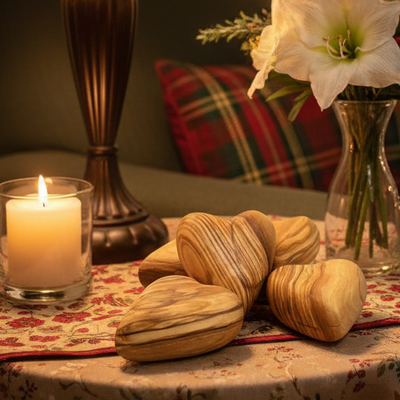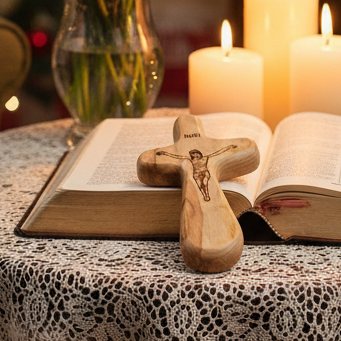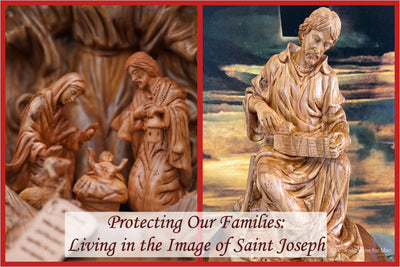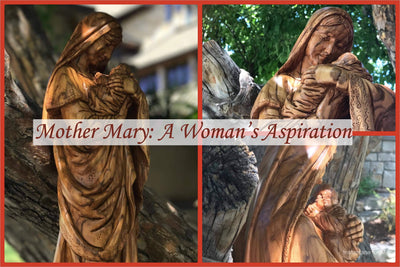It is the start of September, and all across the Holy Land, families are looking at their dwindling supplies of zeit zeitun (Arabic for olive oil), and gazing at the ripe fruit on the branches of their shejara zeitun (olive trees), and knowing that it is time to begin preparations for the coming olive harvest.
Harvesting implements such as ladders, sticks, buckets and tarps are gathered. Willing relatives with vehicles with plenty of trunk space, removable seats, and children in need of some outdoor exercise are called. Empty glass and plastic bottles kept from the start of the year suddenly become valuable commodities, washed and dried. Housekeeping tasks that were put off for the summer are now hastily finished as anticipation of busier weekends and afternoons are suddenly on the horizon.
Olive harvesting is a serious business in the Holy Land; much more than just an agricultural practice, but a time-honored ritual involving families and friends coming together, heading back to ancestral lands, and taking a moment out of the hectic pace of modern life to slow down, and harvest that most beloved fruit: olives.
Are olives vegetable or fruit?
Like those other fruit, such as tomatoes, olives are fruit treated as vegetable. The olive tree of the Holy Land, the Mediterranean variety also known by its scientific name, Olea europaea, was in all likelihood one of the earliest cultivated fruits of settled civilization. While olive trees take up to five years after being planted to produce their first fruit, the trees require little care for most of the year, provided they have some access to water and are occasionally pruned. In optimal conditions, the trees typically produce good harvests every other year, but even leaner years will yield a decent crop.
What are “Roman olive trees”?
Olive trees are known for having an extraordinarily long life. The oldest olive trees in the Holy Land are known as “Roman olive trees,” meaning that they were planted at the time of Christ. Carefully maintained and pruned, they may last millennia. During the Ottoman Era, olive trees were an itemized, taxable commodity.
So what do people do with their olives?
Preserve olives for eating.
The principal challenge of harvesting olives lies in the process of drying olives and then preserving them. In traditional Palestinian Arab family homes, the flat rooftops as well as a room in an elevated, dry space would be set aside for this purpose. Resident family experts who know best how to change the bitter taste of a freshly plucked olive into a tasty morsel will know just how to package and preserve their harvest for the best effect.

Press olives for olive oil.
In northern and eastern Mediterranean culture, zeit zeitun (olive oil) is a staple of the diet. It is the butter, cooking oil, seasoning, appetizer and main course; served at breakfast, lunch and dinner. Olive oil was also used as a shampoo and body oil. In ages past, marriage dowries and land sales often involved olive oil.
Turn olive oil into soap.
The city of Nablus, the modern-day city of Schechem, is known as the center of the production of olive oil soap. Known for its natural properties, olive oil factories were to be found all across the city. Today, this industry is enjoying a modest resurgence as a luxury bath and beauty item in Western markets.
You can purchase a wide variety of Herbal pure extra-virgin Nabulsi olive oil soaps from our website!
Utilize the branches and trunks for olive wood crafts.
This is our specialty! While only the olive pit can be used for any projects (Franciscan monks instructed their artisans to use the pits of olives as beads for rosaries), the wood can be made into all sorts of products. The wood of the olive trees is softwood with a great amount of grain, giving it a unique look and feel. And as trees are trimmed, pruned, or even cut down having run their natural course – for even the oldest of olive trees die! – olive wood is used for principally two purposes: fuel for fire, and raw material for the artisan’s hands.
Do you want to see anything specific made from olive wood? Let our artisans know after viewing our existing products on our website, and by sending us an email.
We, the Bethlehem Handicrafts’ team, are so proud to put the Holy Land in your hand by giving you a variety of the best and the most outstanding original Bethlehem’s olive wood carvings with the best quality made in the Holy Land.
